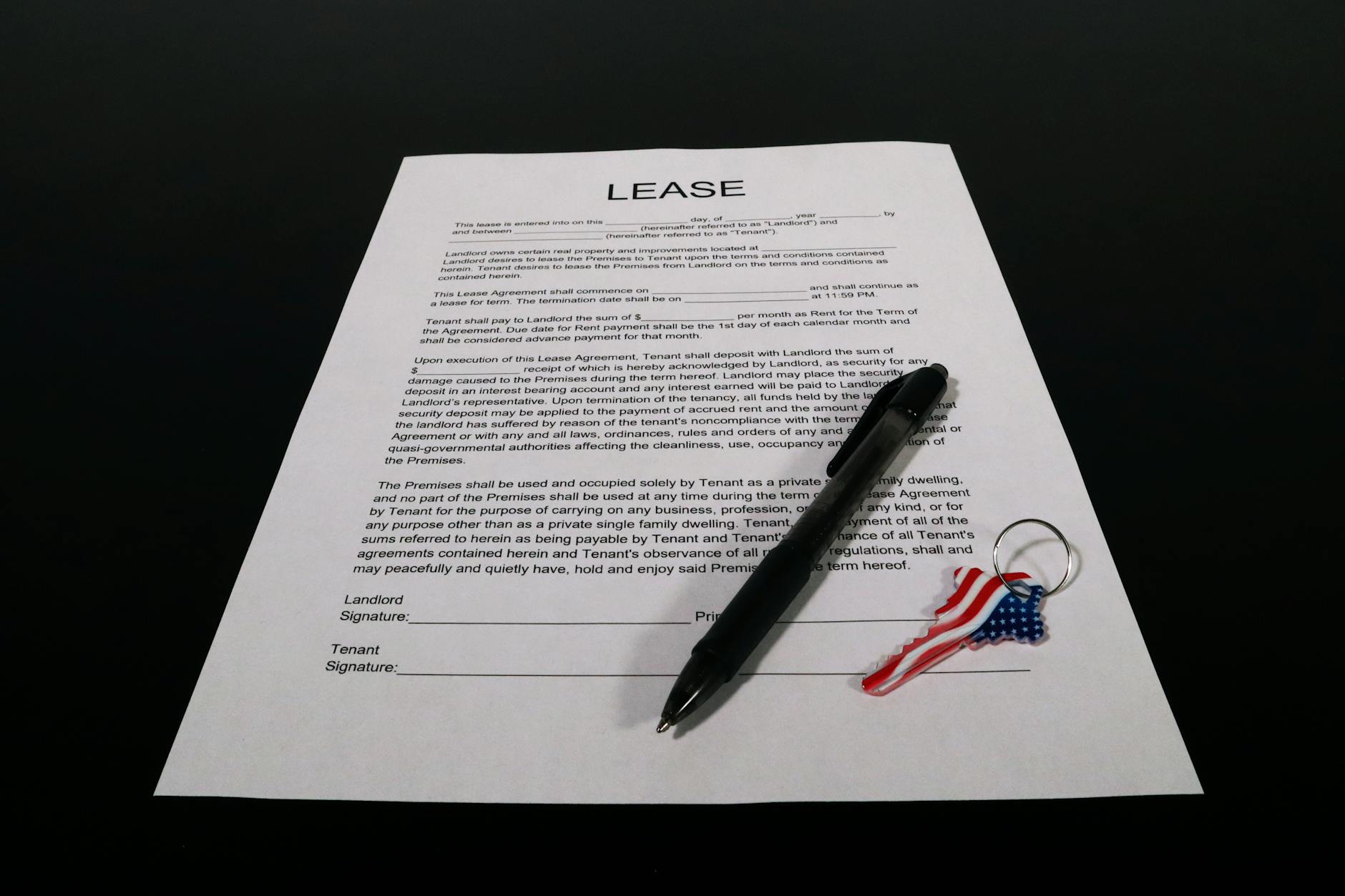Effective Strategies for Section 8 Tenant Applications and Landlord Support
Effective strategies for Section 8 tenant applications and landlord support are crucial for fostering a successful and smooth rental experience under the Housing Choice Voucher Program. Navigating through Section 8 applications can be complex for both tenants and landlords due to varying eligibility requirements, paperwork, and inspections. This article explores practical methods for applicants to enhance their chances of approval while outlining how landlords can benefit from supporting Section 8 tenants. Understanding these strategies not only helps in meeting compliance standards but also promotes stable tenancies, reduces vacancy rates, and strengthens community housing options. Whether you are a prospective tenant or a landlord considering Section 8 participation, these insights can provide a clear pathway for managing the process efficiently and effectively.
Understanding Section 8 tenant application requirements
Before applying for a Section 8 voucher, applicants need to grasp the eligibility criteria and documentation required by local housing agencies. Income limits are a primary factor, as households must typically earn below 50% of the area median income. In addition to income verification, applicants must provide proof of family composition, residency, and citizenship or eligible immigration status. Many housing authorities maintain waiting lists, so timely submission and accurate paperwork are essential. Applicants should also be prepared for background checks and housing history verifications that assess their reliability as tenants.
Pro tip: Maintaining clear communication with your local Public Housing Agency (PHA) and submitting complete applications can reduce wait times and prevent disqualification due to errors or omissions.
Document preparation and organization for smoother processing
Thorough document preparation is often the difference between acceptance and delay in Section 8 applications. Tenants should gather important papers such as recent pay stubs, tax returns, social security cards, and photo identification. Organizing documents in alphabetical order or by category ensures quick retrieval during the application review. This preparedness extends to landlords as well, who must provide property-related documents, including lease agreements, inspection records, and evidence of property ownership. Proper documentation supports transparency and expedites the approval process for both parties.
Here is an example of a checklist tenants and landlords can follow:
| Applicant documents | Landlord documents |
|---|---|
| Proof of income (pay stubs, benefits statements) | Property deed or proof of ownership |
| Identification (driver’s license, state ID) | Current lease agreement template |
| Social Security cards for all household members | Certification of property inspection |
| Residency proof (utility bills, rental history) | Proof of property insurance |
Building positive relationships between landlords and Section 8 tenants
Successful tenancy under Section 8 relies heavily on trust and clear communication between landlords and tenants. Landlords should educate themselves about the program’s rules to reduce misconceptions and foster cooperation. Setting clear expectations regarding rent payments, property maintenance, and reporting procedures is essential. Tenants benefit from understanding their responsibilities, including timely communication about repairs and compliance with lease terms.
Regular check-ins and responsiveness to concerns can prevent misunderstandings and conflict. Landlords who actively support Section 8 tenants by offering resources or referrals to community services often see higher tenant retention and fewer vacancies, translating into stable income.
Landlord incentives and support resources in the Section 8 program
Participating landlords receive several benefits that support their involvement in Section 8 housing. Apart from guaranteed rent payments funded by the government, landlords can access resources that simplify management and compliance. Some housing authorities provide training on fair housing laws and tenant relations, while others offer inspection assistance and streamlined payment systems. Additionally, certain jurisdictions have programs that offer financial incentives or tax breaks for landlords who accept Section 8 vouchers, helping offset property upgrade costs or vacancies.
Knowing these incentives can encourage more landlords to participate, expanding housing availability for voucher holders and contributing to inclusive community development.
Strategies for maintaining long-term success with Section 8 housing
Long-term success in Section 8 housing hinges on ongoing collaboration and proactive management. Tenants should strive to maintain good credit and rental history to enhance future housing opportunities. Landlords should perform regular property maintenance and timely inspections to meet housing quality standards. Emphasizing conflict resolution and respectful communication helps prevent issues that may jeopardize tenancies or program eligibility. Both tenants and landlords can benefit from staying informed about program updates and attending available educational workshops. This ongoing effort shapes a positive rental experience and preserves the reputation of Section 8 as a viable housing solution.
Conclusion
Navigating Section 8 tenant applications and landlord support involves a blend of preparation, clear communication, and informed participation from all parties. Applicants can improve their chances by understanding eligibility requirements, maintaining organized documentation, and keeping open lines of communication with their local housing authorities. Landlords who educate themselves about the program’s processes and incentives, and who foster good relationships with tenants, often experience more stable occupancy and fewer disputes. Ultimately, effective strategies not only streamline the application process but also build a mutually beneficial partnership that supports housing stability and community growth. By embracing these practices, both tenants and landlords gain confidence and security within the Section 8 program framework.
Image by: Artful Homes
https://www.pexels.com/@artful-homes-921250275
editor's pick
latest video
news via inbox
Nulla turp dis cursus. Integer liberos euismod pretium faucibua

